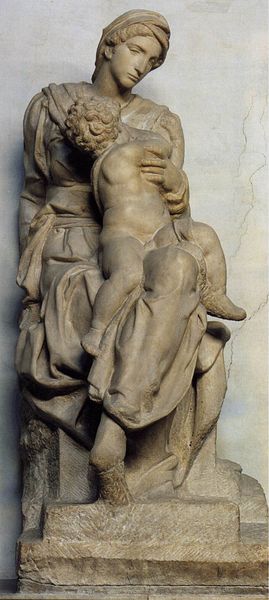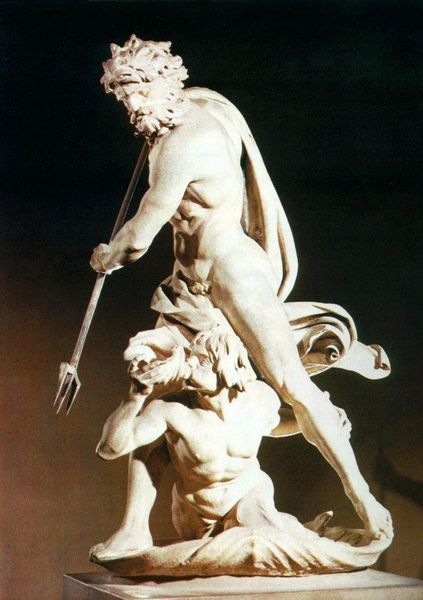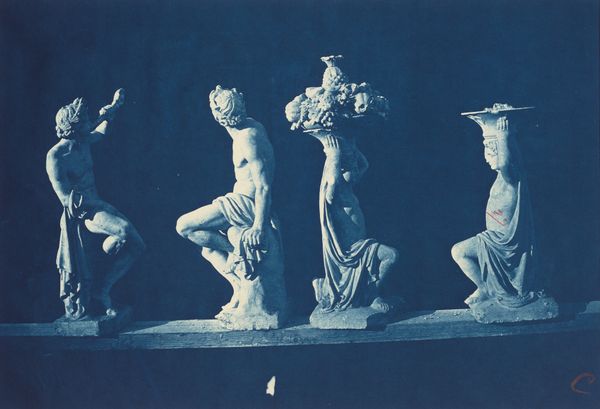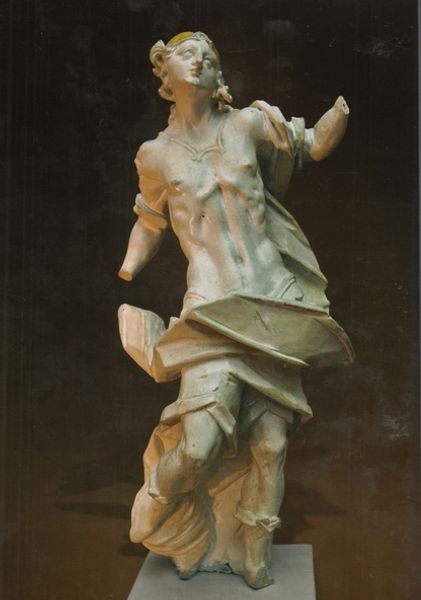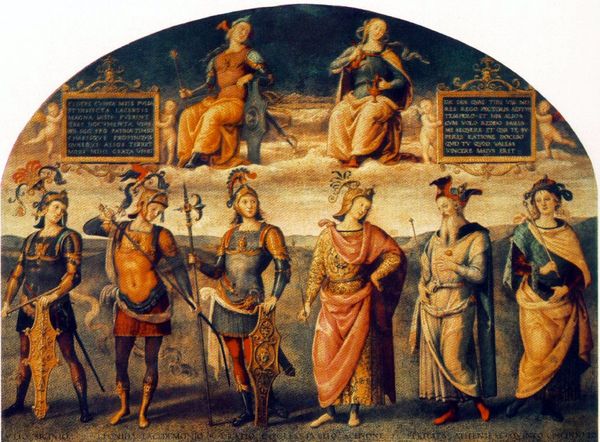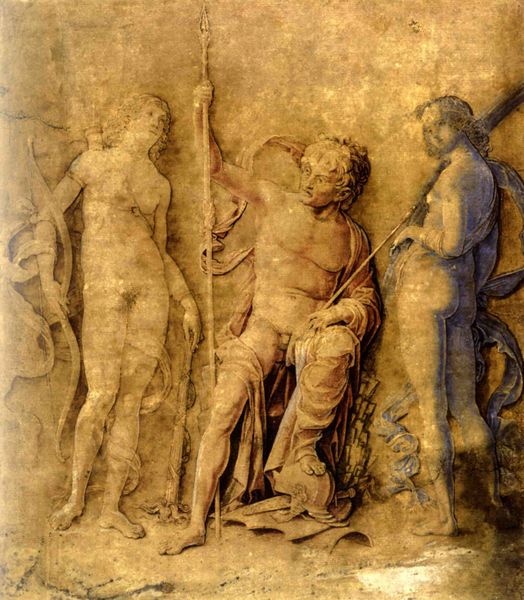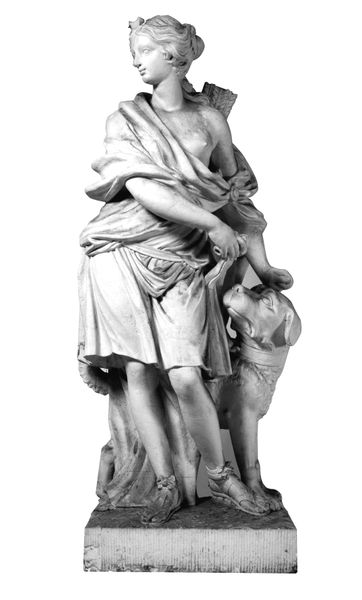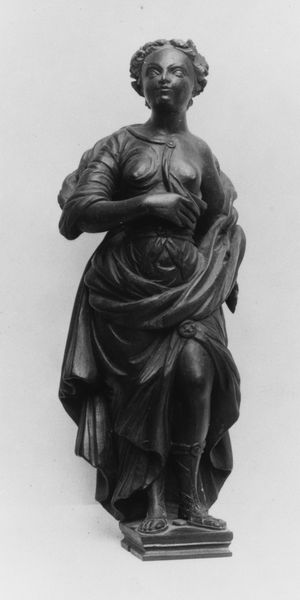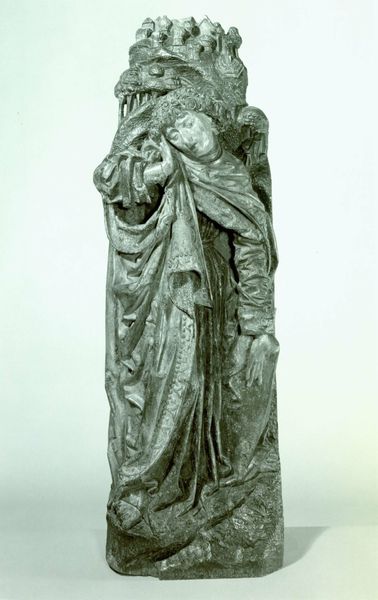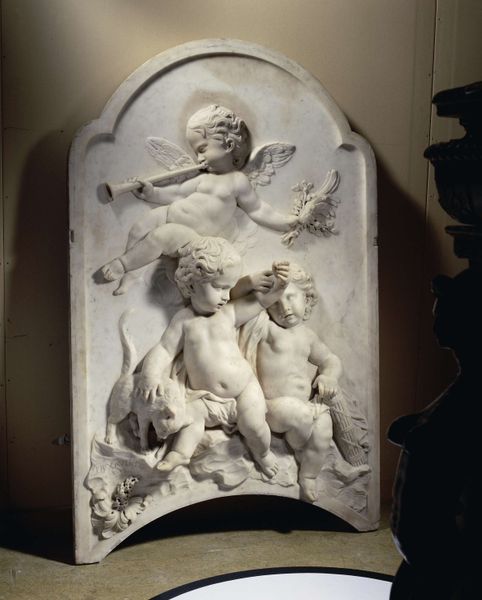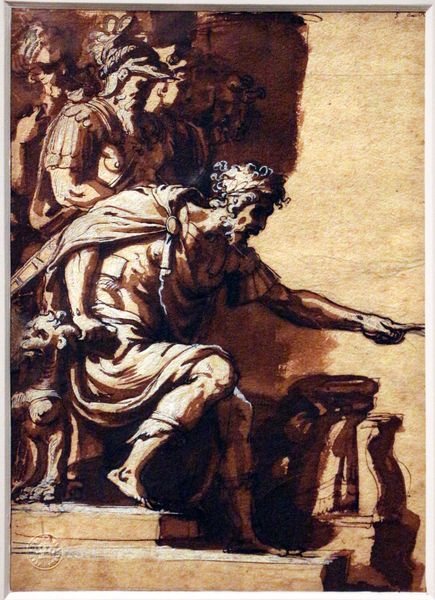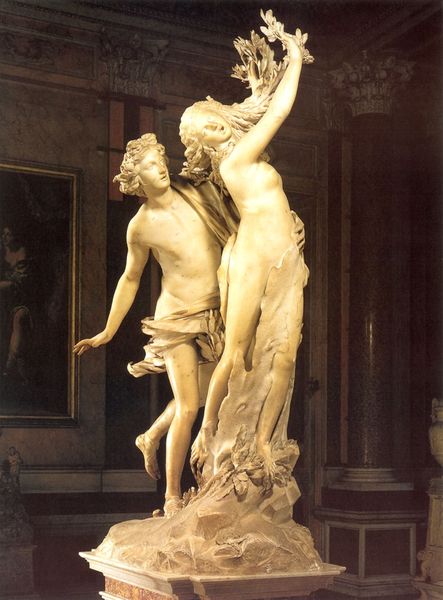
Medici Madonna between St. Cosmas and St. Damian 1531
0:00
0:00
michelangelo
Basilica di San Lorenzo, Florence, Italy
sculpture
#
public art
#
imposing
#
statue
#
urban landscape
#
street view
#
sculpture
#
sculptural image
#
historic architecture
#
unrealistic statue
#
child
#
sculpture
#
christianity
#
historical building
#
statue
#
christ
Copyright: Public domain
Curator: Michelangelo's "Medici Madonna between St. Cosmas and St. Damian," created around 1531, occupies a central place here in the Basilica di San Lorenzo in Florence. Editor: The marble almost vibrates with contained energy. There's an incredible tension in the poses, a sense of unrest. The Madonna's gaze is averted, almost sorrowful. Curator: Commissioned by Pope Clement VII, it was meant to adorn the Medici family tomb, although, like many of Michelangelo’s projects, it was never fully completed. Think of the intense political machinations swirling around the Medici family, Florence, and the papacy at that time. Editor: Absolutely, and it resonates. Mary, flanked by the patron saints of the Medici, seems burdened by the weight of power and expectation. It makes you consider the complex and often contradictory role of women, even idealized religious figures, within structures of patriarchal authority. Curator: These sculptures very much represent power: the cultural and political influence the Medici exerted throughout Italy and beyond. Michelangelo uses the human form to communicate both religious and political narratives. Editor: But it’s not just about power; it's also about the cost of it. Looking at the faces, especially Mary's, one wonders about sacrifice and what that influence demanded of the individual. She looks almost like she is going to collapse. Curator: The non-finito aspect of Michelangelo's work is relevant here. The unfinished portions add to the mystery. Are we seeing a critique of idealized representation of power, or the limits to material representation itself? It raises interesting questions about artistic intent, reception, and meaning-making across centuries. Editor: It challenges the static notions of heroism and sanctity, perhaps unintentionally opening a space to think about human vulnerability, not only within powerful institutions, but also the more personal dynamics in those stories we inherit, especially considering gender and power. It's really incredible to consider this now, seeing it here in Florence, amidst the grandeur and contradictions of this place. Curator: It certainly does.
Comments
No comments
Be the first to comment and join the conversation on the ultimate creative platform.
